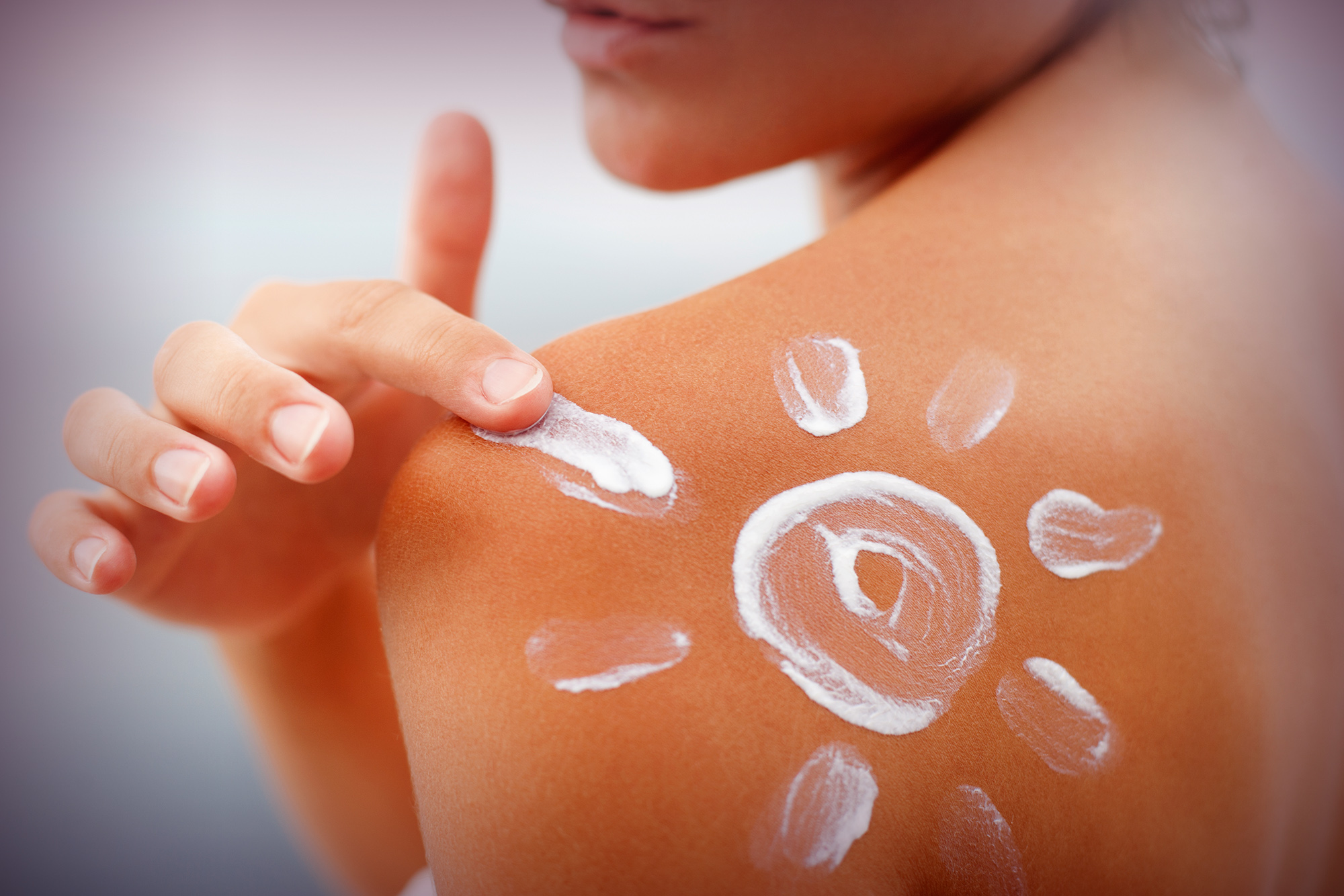
Do You Know the Warning Signs of Melanoma?
With summer approaching, Premier Medical Group wants you to be informed about the dangers of sunburns and skin cancer. It’s all a part of “Full Circle Care”.
What is Melanoma?
Melanoma is a form of skin cancer that arises when pigment-producing cells, known as melanocytes, mutate and become cancerous. Basal cell and squamous cell skin cancers are more common than melanoma. But don’t be fooled. Melanoma is dangerous, because it is more likely to spread, or metastasize.
Stages:
The stage at which a cancer is diagnosed will indicate how far it has already spread and what kind of treatment is suitable. One method of staging melanoma describes the cancer in five stages, from 0 to 4.
- Stage 0: The cancer is only in the outermost layer of skin and is known as melanoma in situ.
- Stage 1: The cancer is up to 2 millimeters (mm) thick. It has not spread to lymph nodes or other sites, and it may or may not be ulcerated.
- Stage 2: The cancer is at least 1.01 mm thick and it may be thicker than 4 mm. It may or may not be ulcerated, and it has not yet spread to lymph nodes or other sites.
- Stage 3: Cancer has spread to one or more lymph nodes or nearby lymphatic channels, but not to distant sites. Original cancer may no longer be visible. If it is visible, it may be thicker than 4 mm, and it also may be ulcerated.
- Stage 4: Cancer has spread to distant lymph nodes or organs, such as the brain, lungs or liver.
Causes:
As with all cancers, research is ongoing into the causes of melanoma. People with certain types of skin are more prone to developing melanoma, and the following factors are associated with an increased incidence of skin cancer:
- high freckle density or tendency to develop freckles after sun exposure
- high number of moles
- five or more atypical moles
- presence of actinic lentigines, small gray-brown spots, also known as liver spots, sun spots or age spots
- giant congenital melanocytic nevus, brown skin marks that present at birth, also called birthmarks
- pale skin that does not tan easily and burns, plus light-colored eyes
- red or light-colored hair
- high sun exposure, particularly if it produces blistering sunburn, and especially if sun exposure is intermittent rather than regular
- age, as risk increases with age
- family or personal history of melanoma
- having an organ transplant
Of these, only high sun exposure and sunburn are avoidable.
Prevention:
Avoiding excessive exposure to ultraviolet radiation can reduce the risk of skin cancer. This can be achieved by:
- avoiding sunburn
- wearing clothes that protect against the sun
- using sunscreen with a minimum sun protection factor (SPF) of 15, but preferably SPF 20-30, with 4- or 5-star UVA protection
- liberally applying sunscreen about half an hour before going out, and applying it again after half an hour
- reapplying every 2 hours and after swimming to maintain adequate protection
- avoiding the highest sun intensity between 11 am and 3 pm by finding shade
- protecting children by keeping them in the shade, with clothing, and by applying SPF 50+ sunscreen
- keeping infants out of direct sunlight
Wearing sunscreen is not a reason to spend longer in the sun. Sun exposure should still be limited, where possible. People who work outdoors should take precautions to minimize exposure. Doctors recommend avoiding tanning booths, lamps, and sunbeds. Our main priority at Premier Medical Group is to help keep our Clarksville community healthy. It’s all part of PMG #FullCircleCare. Contact us today if you need to schedule your annual wellness visit or if you are looking for a new provider.
Source: https://www.medicalnewstoday.com/articles/154322.php
